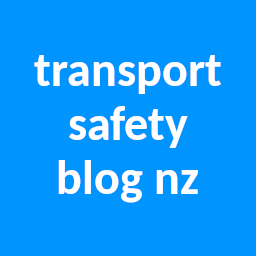There has been an incident at Otaihanga Road Level Crossing – ALCAM #332 at 51.61 km on the NIMT between Paraparaumu and Waikanae. A train was stopped close to, but not on, the crossing, due to a failure, and the barrier arms remained down for about a 15 minute period before the train was able to resume its journey. Due to the extended delay, a number of cars drivers drove around the barrier arms creating a serious safety hazard.
There is no doubt that it was extremely foolish for these drivers to go over the crossing when the barriers and alarms were in operation. Otaihanga Road Level Crossing is in a double line area. Even if a train could be observed to have stopped on one of the lines, trains could have continued operating at full speed on the other line, which would have put both them and the car drivers at significant risk of collision.
Otaihanga Road Level Crossing is quite busy, with 100 trains per day and 7000 vehicle crossings. There are significant areas of residential development that account for the large volume of vehicles crossing the line each day. However, because the area has been historically of lower population density, level crossings in this area are widely spaced. There is no crossing north of Otaihanga before reaching the Reikorangi Stream. South of the location, it is possible to cross via the overbridge at Rimutaka Street just before the 49 km peg, but the access from the north to this location involves a long detour that effectively makes the access equivalent to crossing the railway at Kapiti Road at 48.38 km in Paraparaumu. This means for northern traffic, a lengthy detour if the crossing is blocked (probably at least 6 km).
Kiwirail have shown no inclination to date (remembering the Tamahine level crossing wrangle at Waharoa some years ago) to acknowledge that having crossings so far apart in this area creates significant inconvenience for residents because it is such a distance to detour if the crossing is blocked. In this case, the fact the crossing was not blocked is all the more important because a mechanism is needed for alarms to be cancelled. In a more populous urban area, much greater pressure would be brought to bear on Kiwirail to address issues such as these, and it is likely more crossings would exist in such areas. Historically, in some areas, provision has been made for crossings alarms to be manually started and stopped by
Whilst we do not wish to encourage dangerous motorist behaviour of driving around barrier arms or disregarding operating alarms, we do want Kiwirail to acknowledge that having so few crossings in this area creates undesirable consequences if the crossing is blocked for any length of time.
